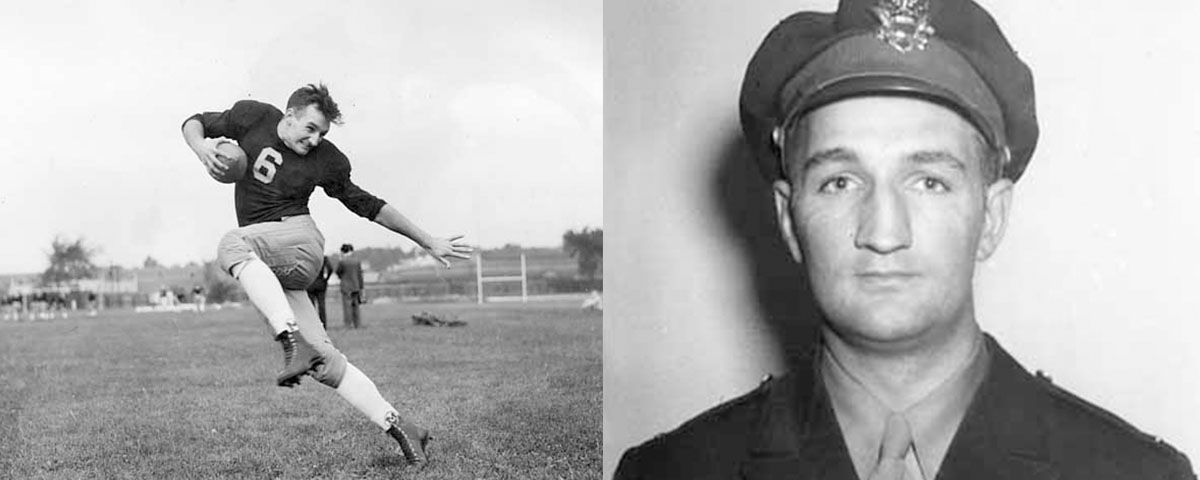Lieutenant Tom Harmon, one of the greatest players in Michigan football history, was engulfed by fire. Flames licked around the interior of his P-38 Lightning as the six-foot footballer, jammed in the cockpit of his fighter plane, desperately tried to stamp out the conflagration.
It should have been an easy run. A pilot in the 449th Fighter Squadron, Harmon was tasked with escorting American bombers on a run to disrupt Japanese supply lines along the Yangtze River near the town of Jiujiang, China.
The mission was deemed low-level, with intelligence recording only two Japanese planes in the vicinity available for quick deployment.
It was late 1943 and the Japanese occupying force had been given “quite a bit of rest,” Harmon later wrote in his autobiography “Pilots Also Pray.” It was “high time to let them know we were still alive.”
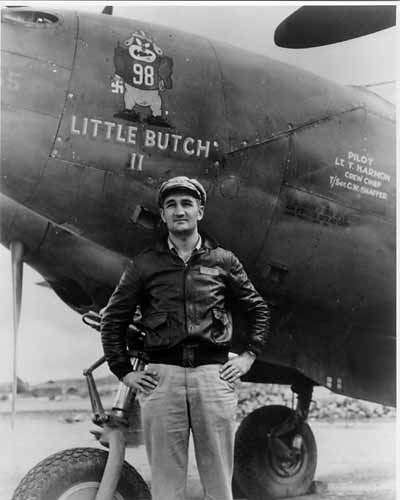
Yet those two Japanese Zeros turned into 12 and the 449th was quickly outnumbered. Harmon engaged in a dogfight until an enemy round exploded his P-38’s fuel line.
“I had climbed steeply in this encounter and was just going to pull over and head for home. Then I heard a sharp ping against the armor plating behind me,” Harmon wrote. “Almost immediately a second shot hit the armor plate under my seat and I was given a slight jolt. The third shot exploded between my legs. This one blew the gas primer… How I missed catching some of those shell splinters I’ll never know.”
Harmon had no choice but to eject. It was not his first time.
Earlier that year, while piloting a B-25 over the jungles of Dutch Guiana en route to North Africa, Harmon and his crew of five bailed out of their bomber at an altitude of 1,500 feet after a torrential thunderstorm tore away the plane’s right wing.
“At the end of the second turn there was a sudden sharp crack from the right wing and right engine,” Harmon later told The Associated Press. “I opened up the good engine, and then cut both throttles, but the ship wouldn’t come out of the spiral.”
Parachuting into the jungle, the drop separated Harmon from his men. Alone in the rainforest Harmon battled “insects, razor-sharp grasses, hunger and thirst. He dodged lizards and crocodiles. Pushing through ropy vines and dark swamps that stretched for miles, he eventually collapsed,” wrote author Kim Clark.
Five days after the crash, Harmon was discovered on the forest floor by locals. residents. The All-American spent two weeks in a hospital before returning stateside. He later learned that he was the sole survivor.
Harmon later credited his “football legs” with saving him. “It is just a tangle of vines, stumps and grass, all intertwined. They wrap around your legs and pull you back… I had to have good legs to get out of there.”
This time, however, the famed halfback’s rugged frame — the one that just three years earlier had plowed through defenders for three touchdowns, passed for two more, and kicked four extra points in Michigan’s 40-0 victory over rival Ohio State — had been severely burned.
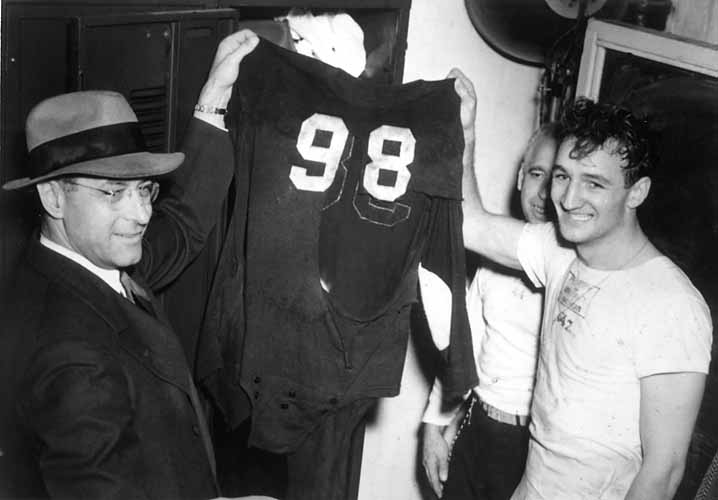
Drifting down in a nearby lake, Harmon submerged himself under the silk of his parachute to discourage strafing from the Japanese pilots.
Rescued by Chinese guerillas five days after his plane was shot down, Harmon found the adrenaline from the ordeal wearing off, replaced by blinding pain.
“I went through the most physically painful experience of my life,” Harmon later wrote.
Carried along mountain trails by the guerillas, and with no access to proper medical treatment, Harmon’s first- and second-degree burns that ran from the tops of his feet to his thighs began to fester.
Although his legs had suffered the worst damage, the flames from the cockpit had badly burned Harmon’s eyes, entire face, neck and both forearms. The burning of his mouth and lips caused the latter to swell shut, making it nearly impossible to eat. Adding to the misery, the pilot began suffering from amoebic dysentery.
Subsisting on a diet of rice and tea, the once 185-lb halfback had lost 30 pounds in a matter of weeks. Without adequate food, clothing, or medical treatment Harmon had reached a state of delirium.
Yet the Chinese fighters dutifully continued to carry him, walking several hundred miles over treacherous terrain to bring Harmon back to American lines.
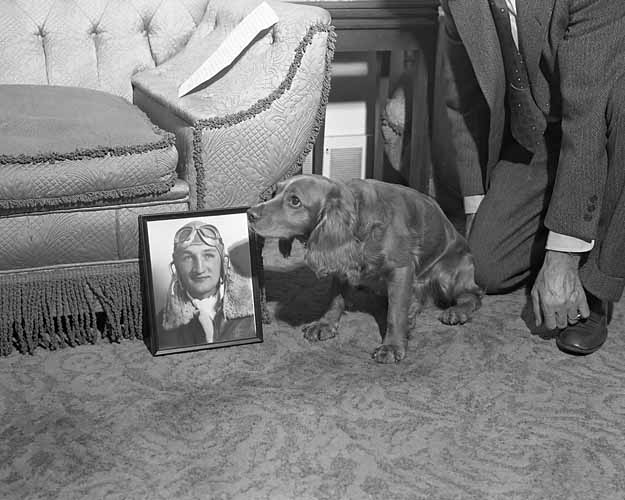
Back home in Ann Arbor, Michigan, the Harmon family was in agonizing suspense as the weeks dragged on without word.
According to Clark, U of M Athletic Director and coach Fritz Crisler, who was particularly close to Harmon, kept vigil alongside the footballer’s family. “I live in the hope that he is down and all right,” he reportedly stated.
It wasn’t until November 30, 1943, that reports began to trickle through that the All-American had, once again, survived.
The cost, however, was severe.
An After Action report by Major John K. Burns of the 449th Fighter Squadron detailed that “before medical treatment became available, the denuded surfaces were infected in several places and now more than a month following the injury there is sero-sanguineous and purulent drainage together with crusting and scaling of the charred flesh.”
For nearly a month “the patient did not receive the benefit of medical attention,” Burns continued. “Lieutenant Harmon managed, with his magnificent fortitude and what must have been prodigious stamina, to carry on until he was at long last delivered into the hands of his commanding officer at base.”
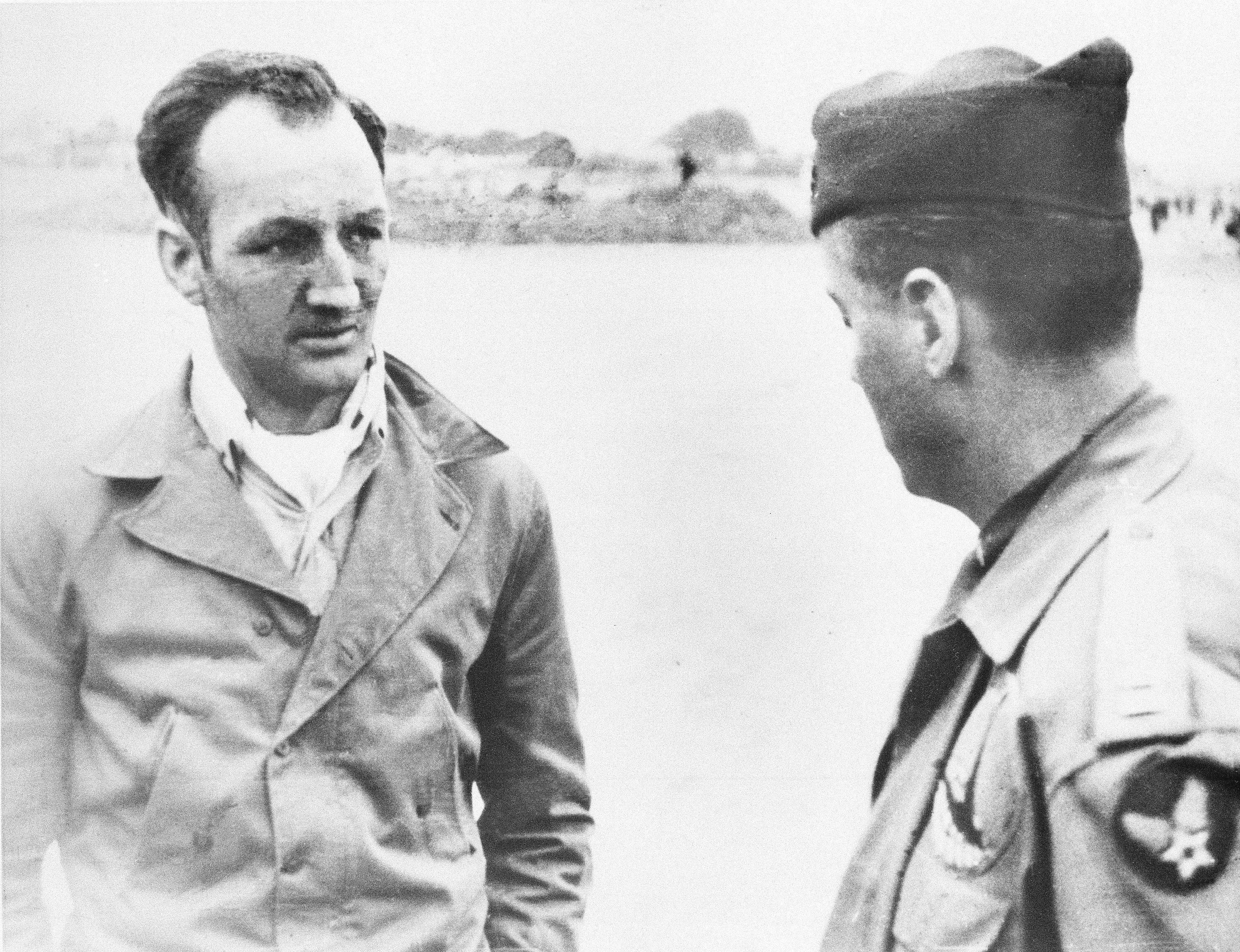
Despite his extensive injuries, Harmon was only hospitalized for two weeks before being transported back to the United States. There, he was relieved of flying duties and awarded the Purple Heart and the Silver Star for his actions over China.
“My old pep and zip aren’t with me as yet,” Harmon told his parents, “but the rest I’m getting will bring it back in a hurry.”
It never quite did.
The former Michigan star played in the NFL for two seasons with the Los Angeles Rams, before retiring. The war had robbed Harmon of his “zip” but certainly not his “pep,” and he launched a successful career as a sports broadcaster that spanned more than 30 years.

